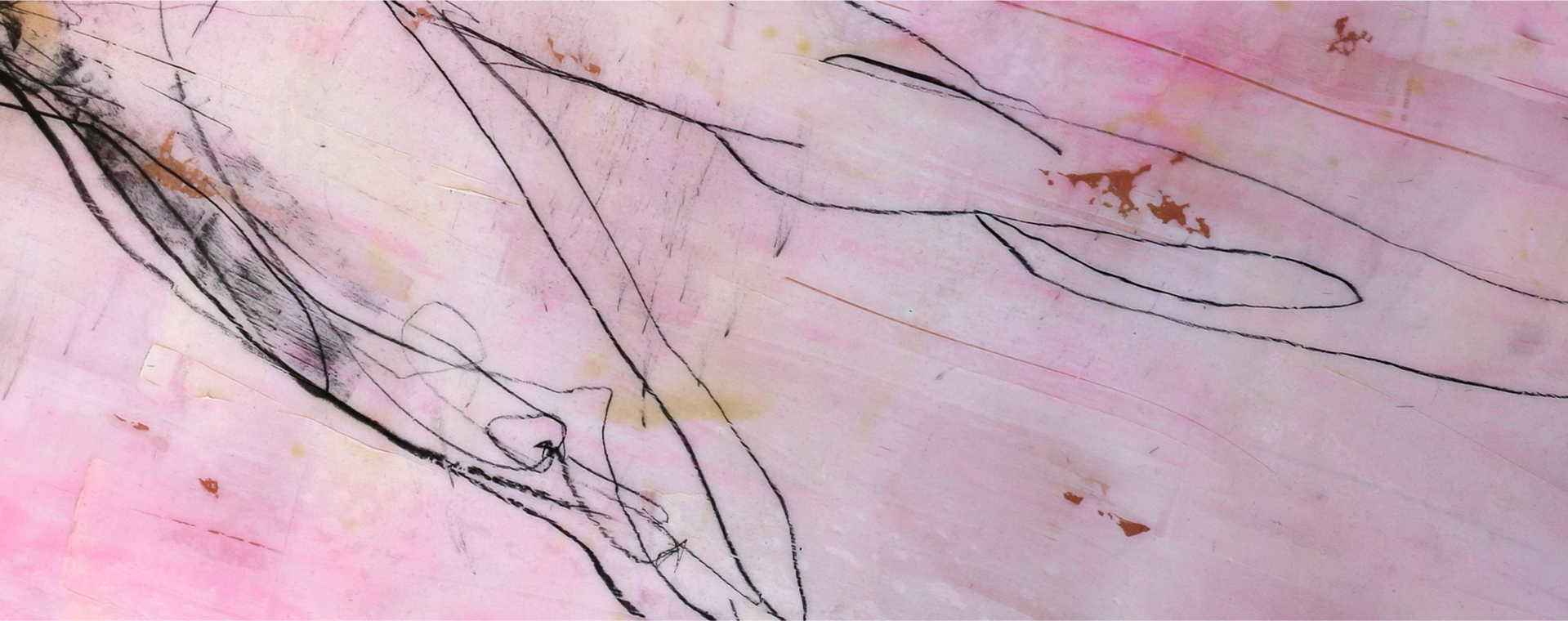DAVID CAMINER
PLASTIC SURGEON
A CONFIDENTIAL ENQUIRY
A CONFIDENTIAL ENQUIRY
A CONFIDENTIAL ENQUIRY
A CONFIDENTIAL ENQUIRY
CALF IMPLANTS (Calf Augmentation Surgery)
Calf implants have become a popular operation over the past few years and in my experience, the operation is very successful and has given my patients a lot of satisfaction and confidence.
There are two types of patients presenting for calf augmentation:
Patients with a clubbed foot
This group of clients usually present for calf augmentation following a procedure early in their life to rectify a clubbed foot. Often patients are left with an underdeveloped calf on one or both sides, depending on whether the club foot was unilateral or bilateral.
Patients with underdeveloped calf muscles
The other type of patient presenting for calf reconstruction is the patient who despite working out for extensive periods of time, have persistent underdeveloped calf muscles and obviously, no amount of exercise will rectify this problem. These clients are not restricted to just one gender, as I have treated both male and female patients in my practice who request to have calf implants to improve the contouring of their lower legs.
Calf implants
Over the years I have inserted many different types and styles of implants and these days I prefer a solid silicone implant, which can be adjusted if necessary. These implants come in three different sizes and they look very natural, are extremely safe and have minimal risk of complications following surgery. The size of the implant is determined pre-operatively with the patient.
The procedure for calf implants
Essentially, the size and shape of the calf muscle is enhanced by placing implants over the gastrocnemius muscle. There are two areas where implants can be used – the medial or the lateral heads of the gastrocnemius or both.
The surgery is performed by making a 4-5cm incision behind the knee, in a skin crease so that scarring is kept to a minimum. A pocket is created underneath the deep muscle fascia and the most common procedure is to place the implant over the medial head of the gastrocnemius muscle. Of course, both the medial and the lateral heads can be augmented, however it is rare that the lateral gastrocnemius muscle is implanted on its own.
The operation is relatively quick and simple and to augment both calves takes approximately one hour. I do not usually use drains in this procedure and it is performed as a day only operation under general anaesthetic.
The post-operative recovery is moderately painful. A stocking or bandage needs to be worn for the first 7-10 days and walking can begin the same day, but vigorous exercise should be avoided for about 3-4 weeks.
The outcome is a both very natural looking appearance and touch to the skin and the results very pleasing.
A few final words
In regard to calf implants, calf augmentation is a very effective technique to enhance the contours of your leg, regardless of whether this is because of a genetic problem or for aesthetic reasons. Calf augmentation delivers exactly what my patients seek – well contoured and fuller muscular calves.
So in conclusion, calf augmentation is a fairly simple procedure with a predictable good outcome. There are few if any complications and you can be back living your life fairly soon post-operatively.
Post Procedure Facts & Advice Send A Confidential Enquiry Meet Dr David Caminer

